The Impact of Common Therapies on Heart Rate Variability (HRV): A Professional Comparison
Understanding how various therapies affect Heart Rate Variability (HRV) can be crucial for professionals seeking effective treatments for stress, cardiovascular health, and overall well-being. This article delves into the impacts of five different therapies on HRV: MPS microcurrent, acupuncture, massage, Avazzia, and TENS. By the end, you’ll have a clear view of which therapy might be the most appropriate based on their efficacy for improving HRV.
Heart Rate Variability (HRV) has emerged as a vital sign of autonomic nervous system health and overall well-being. It serves as an essential biomarker for stress, cardiovascular health, and numerous chronic conditions. Various therapies can influence HRV, either by enhancing health or diminishing it, and understanding these impacts is crucial for healthcare professionals to provide evidence-based recommendations for their patients.
HRV Impact Overview
Heart Rate Variability (HRV) measures the variation in time between each heartbeat. It’s a significant indicator of autonomic nervous system function and overall heart health. Higher HRV is generally associated with reduced stress and improved cardiovascular function.
1. MPS Microcurrent (+54%)
Dolphin Microcurrent Therapy has shown remarkable efficacy in enhancing HRV. Studies highlight a substantial 54% increase in HRV, which signifies substantial improvements in autonomic function and overall well-being. This non-invasive therapy uses low-level electrical currents to stimulate cellular activity, accelerate tissue repair, and reduce inflammation. Mechanism of Action: Research has proven (Med Acup) Dolphin’s DC Low frequency (<2Hz) stimulation and amplitude (4-6v) mimics the heart to reduce Sympathetic stress and enhances cellular energy production to promote the physiological healing processes.
2. Acupuncture (+28%)
Acupuncture, with an HRV increase of 28%, shows a considerable positive impact. This traditional Chinese medicine technique involves inserting thin needles into specific points on the body. The moderate HRV improvement is indicative of its benefits in balancing autonomic nervous system activity and reducing stress. Mechanism of Action: Research proves Acupuncture (Explore) modulates the autonomic nervous system by reducing sympathetic dominance and enhancing parasympathetic activity and HRV.
3. Massage (+7%)
Massage therapy yields a smaller, yet positive HRV change of 7%. While not as impactful as MPS microcurrent or acupuncture, massage still offers relaxation benefits and mild improvements in autonomic function. It may be suitable for individuals seeking a less invasive and more conventional approach. Mechanism of Action: Despite conventional wisdom, research proves (J Bodyw Mov Ther) massage therapy does not reduce sympathetic stress or activate vagal tone. However, massage therapy does improve HRV, proving massage is very beneficial to human health
4. Avazzia (-24%)
Avazzia therapy, surprisingly, shows a negative impact on HRV, decreasing it by 24%. This unique electrical stimulation technique appears to be ineffective for improving HRV, as clinical trails suggest this therapy exacerbates our stress response. Mechanism of Action: This device utilizes strong AC electrical (900V, 79Hz) impulses to stimulate nerves, which may inadvertently activate stress to disrupt autonomic balances. (No HRV research exists on this device)
5. TENS (-39%)
Transcutaneous Electrical Nerve Stimulation (TENS) has the most detrimental effect on HRV, reducing it by 39%. While TENS is commonly used for pain relief, its significant negative impact on HRV suggests it may not be suitable for individuals aiming to improve their autonomic health and reduce stress. Mechanism of Action: While intended to alleviate pain, research proves (Braz J Med Biol Res) high-frequency (100Hz) AC stimulation activates stress to disrupts autonomic functioning leading to reduced HRV. May exacerbate stress and negatively impact autonomic regulation.
Conclusion and Recommendations
For healthcare professionals, understanding the differential effects of various therapies on HRV is paramount. High HRV is considered an indicator of a healthy heart, and higher HRV has been found to be associated with reduced morbidity and mortality and improved psychological well-being and quality of life. Genetic factors may contribute significantly to the person’s HRV level, but a person can improve their individual HRV by improving sensible diet, moderate fitness regime and the integration of positive-influencing HRV modalities.
If improving HRV is your primary goal, MPS microcurrent therapy stands out as the most effective option with a remarkable 54% increase. Acupuncture also presents a solid choice with a 28% improvement. For those preferring a more traditional and non-invasive method, massage therapy offers a modest 7% uplift. Professionals should be cautious with Avazzia and TENS therapies, as they appear to negatively impact HRV, potentially increasing stress levels and hindering autonomic health.
When deciding on the best therapy for improving HRV, consider the specific health needs and preferences of the individual. For significant HRV enhancement and stress reduction, MPS microcurrent therapy, Acupuncture and Massage Therapy are highly recommended.
Conclusion: Navigating the Therapeutic Landscape
Understanding the impact of different therapies on HRV helps clinicians better guide their patients towards interventions that enhance health and well-being while avoiding those that may be detrimental. For those interested in optimizing HRV through effective and safe interventions, consider exploring these therapies in depth and consulting with experts in the field.


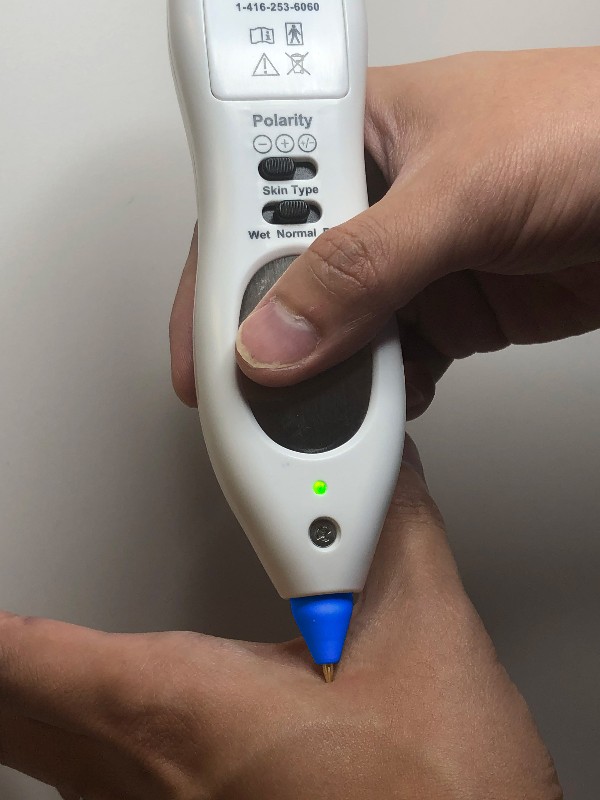
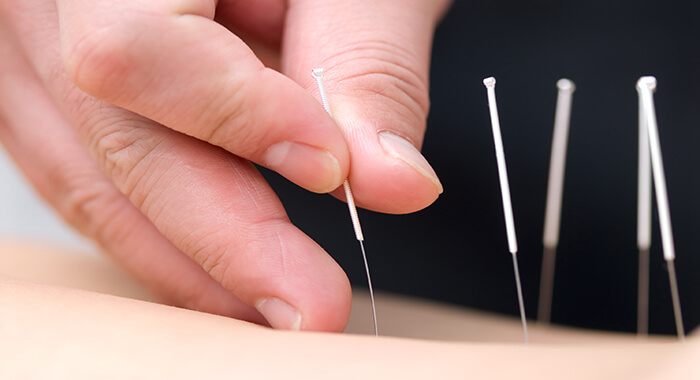
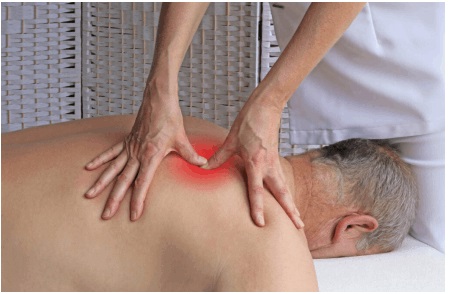
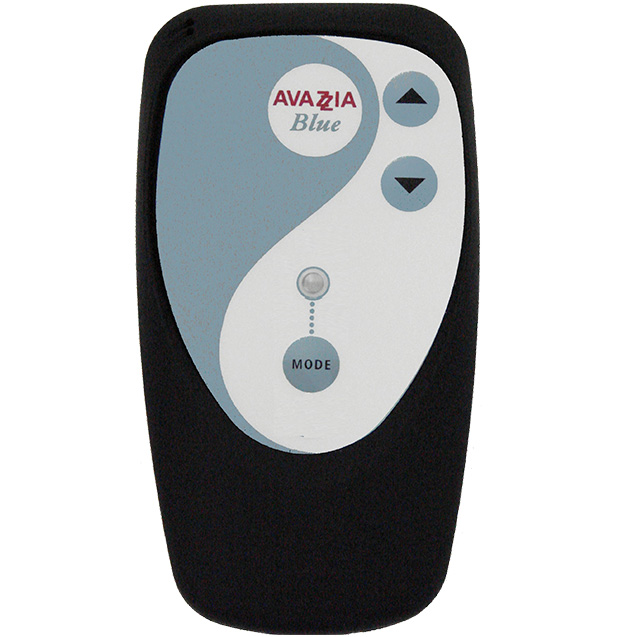
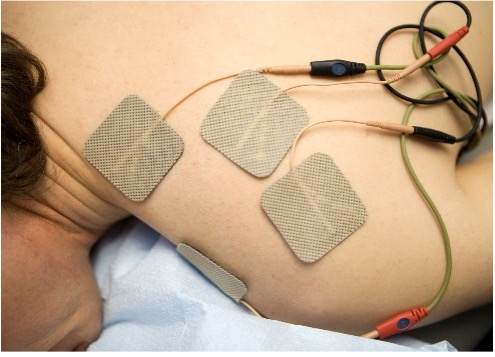

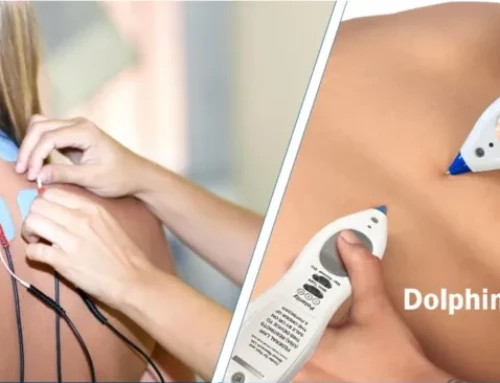
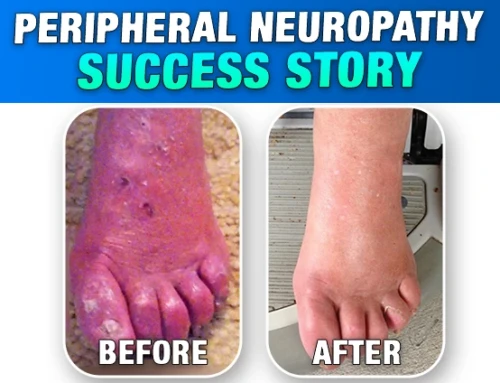

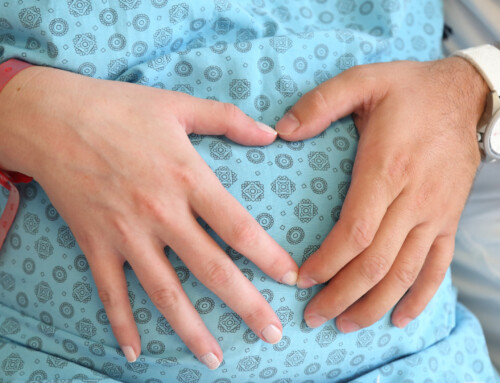
Leave A Comment